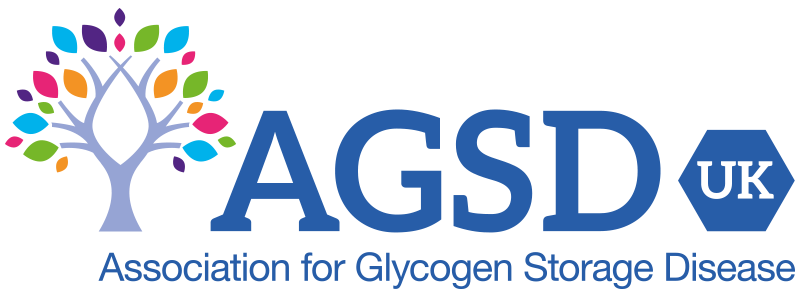Much research has been focussed on developing enzyme replacement therapy (ERT) and various ways to enhance it. Gene therapy is also an important area for attention.
Current industry research
We list here, in alphabetical order, the pharmaceutical industry companies who are engaged in research relevant to Pompe disease.

Actus Therapeutics
The liver-targeted AAV-8 Gene Therapy developed at Duke University (North Carolina) is being further developed by a small start-up company, Actus Therapeutics. They are expecting to start clinical trials in late 2019.

Amicus Therapeutics
Developing a next-generation ERT to be administered together with a pharmacological Chaperone to improve stability and efficacy. Phase 3, pivotal trials (PROPEL, also referred to as ATB200-03) are scheduled to commence in December 2018.
Amicus is also advancing a next-generation gene therapy as a potential cure for Pompe disease.

Audentes Therapeutics
Audentes have analysed preclinical data of several virus options, but mainly AAV8 and AAV9 approaches. They are soon to decide their candidate therapy for going forward.
Pompe Program Update provided by Audentes on November 27, 2018:
- Audentes Therapeutics, a biotech company that is focused on developing innovative gene therapy products, recently provided an update that they are on track to file an IND (investigational new drug) application in 2019 for their clinical development program in Pompe disease.
- Audentes is currently testing candidate vectors (the mechanism that delivers the gene therapy) in non-human (Pompe mouse) studies using an approach which aims to express GAA directly in the tissues affected in Pompe disease
- The data generated from these studies will be used as part of the package of preclinical safety and efficacy to support the IND filing
- Additional information will be shared as it becomes available

AvroBio
AvroBio are at the pre-clinical stage of drug discovery with a Lentiviral-based gene therapy candidate that they expect to be implemented on an outpatient basis, rather than using bone-marrow transplants. Therapy begins when the patient receives a conditioning agent to stimulate the bone marrow to produce stem cells and release them into the blood. The patient’s peripheral blood stem cells are extracted and genetically modified by adding a new, fully functional copy of the faulty gene. The modified cells are then delivered back into the patient via a one-time infusion.
The whole process takes around 4 to 6 weeks (2 out-patient visits) and they expect it to be a more durable and systemic therapy than using AAV vectors.

Greenovation
Still in the pre-clinical phase of drug discovery, Greenovation’s technology involves growing moss grafted with an equivalent human enzyme (GAA). Moss is cultured in large illuminated glass cylinders with bright lights to encourage growth. The technology promises to produce large quantities of ERT at a low price.

Pharming Group NV
Pharming have made a resurgence since being the first company to dose Pompe infants with enzyme produced in the milk of transgenic rabbits. Still in the pre-clinical phase, they are a company to watch in 2019.
Sanofi-Genzyme
COMET, the on-going Phase 3 Pivotal trial for NeoGAA began in October 2016. Snaofi-Genzyme is the manufacturer of the current standard of care for Pompe disease (Myozyme/Lumizyme). NeoGAA is Sanofi-Genzyme’s next-generation ERT with improved targeting for muscle fibres.
Mini-COMET is a phase 2 study that started in October 2017 to evaluate the safety and efficacy of NeoGAA in children diagnosed with infantile-onset Pompe disease (IOPD) and previously treated with Myozyme (Lumizyme).

Sarepta
By February 2018, a University of Florida team led by Dr Barry Byrne were 1 month into a re-dosing gene therapy study using an AAV9 vector. In this study one leg is treated at the outset and the other leg is treated four months later, in combination with immuno-suppressant drugs. Sarepta Therapeutics are taking that work forward, although their website shows the Pompe Programme to be in the “Discovery” stage.

Spark Therapeutics
Spark Therapeutics is developing SPK-3006, an investigational gene therapy for the potential treatment of Pompe disease. The initial construct for SPK-3006 was in-licensed from Genethon in 2017.

Valerion Therapeutics
Valerion have clinical study centres in the USA (Irvine CA, and Duke) and UK (National, London) for their ERT Candidate VAL-1221 for Pompe Disease. Their phase 1/2 clinical trial for adults has been running since June 2017 and results are due to be reported early 2019. They will expect to proceed towards pivotal studies shortly afterwards.
